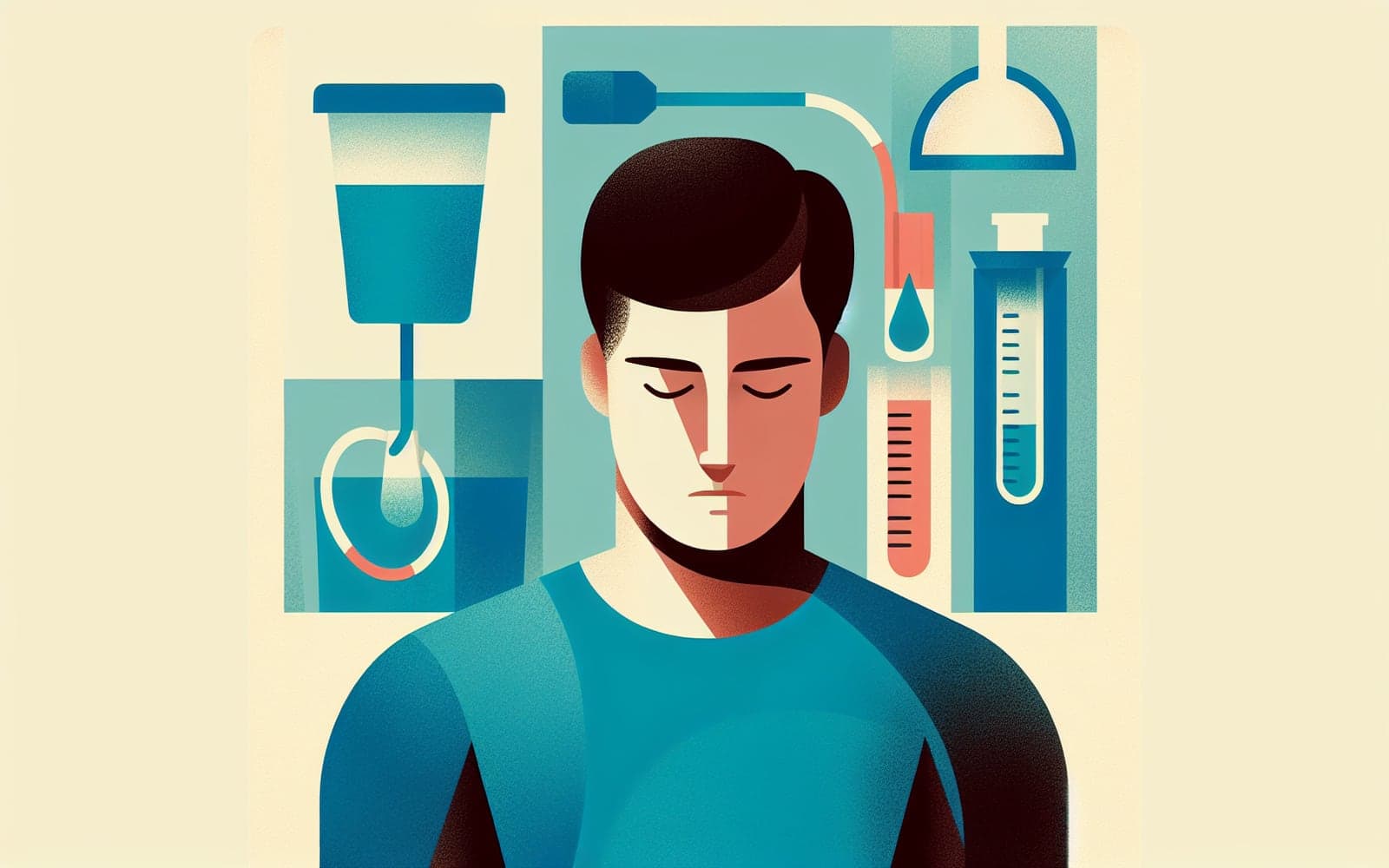How to Collect a Urine Sample for Accurate UTI Diagnosis
Published: Feb 01, 2024
Gathering a proper urine sample is key to diagnosing a urinary tract infection (UTI). Here's how you can do it right.
Contents
Preparing for the Sample
Before collecting a urine sample, it's important to clean the area around the urethra. This minimizes contamination from bacteria that naturally live on your skin. Use a non-foaming antiseptic solution to clean the area and dry it with a sterile swab. This step helps ensure that the sample truly reflects what's inside the bladder.
Collecting the Midstream Sample
The best sample is a midstream urine sample. Begin urinating into the toilet, then collect the urine midstream in a sterile container. This method reduces the likelihood of bacteria from the skin and urethra contaminating the sample, which can lead to inaccurate test results.

Storing the Sample
Once collected, the urine sample should be taken to the lab immediately. If that's not possible, keep the sample cold by placing it in a sealed bag with ice. This prevents bacterial growth in the sample, which can alter the test results.
Frequently Asked Questions
A midstream sample reduces contamination from bacteria on the skin.
Use a non-foaming antiseptic solution and dry with a sterile swab.
Keep the sample cold by storing it with ice to prevent bacterial growth.
Key Takeaways
Proper collection and storage of a urine sample are essential for accurate UTI diagnosis.
Try it out: Ensure your next urine sample is collected correctly by following these steps.Related Articles
References
Bailey RR, Little PJ. Suprapubic bladder aspiration in diagnosis of urinary tract infection. Br Med J 1969; 1:293.
LaRocco MT, Franek J, Leibach EK, et al. Effectiveness of Preanalytic Practices on Contamination and Diagnostic Accuracy of Urine Cultures: a Laboratory Medicine Best Practices Systematic Review and Meta-analysis. Clin Microbiol Rev 2016; 29:105.
Always discuss health information with your healthcare provider.

